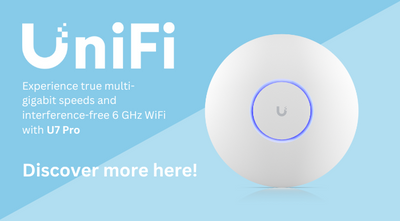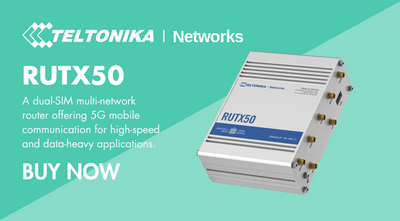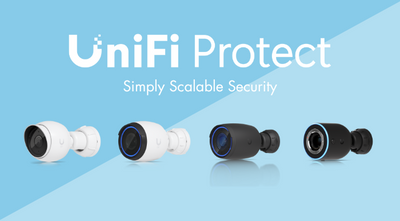
Guide: UniFi Network for Retail and Hospitality
In today’s fast-paced retail and hospitality sectors, a reliable and efficient network infrastructure is essential. Customers and guests expect seamless Wi-Fi connectivity, while staff require secure and stable access for operational tasks. Whether you’re running a bustling restaurant, a boutique hotel, or a busy retail store, Ubiquiti UniFi offers a comprehensive solution for managing your network with ease and scalability. By leveraging Ubiquiti’s robust suite of tools and hardware - including access points, switches, and the UniFi Controller - you can provide high-performance connectivity that ensures customer satisfaction and enhances your business operations.
Pre-Deployment Planning
1. Layout Analysis: Identify high-traffic areas such as checkouts, dining zones, or waiting areas. Consider physical obstructions like walls and materials (solid stone, metals, etc.) that may affect signal propagation. 2. User Identification: Determine the number of concurrent users, distinguishing between guests and staff. Estimate bandwidth requirements based on these user categories. 3. Define Network Requirements:
- Guest Access: Plan for a separate guest network with appropriate security measures.
- Staff Access: Ensure a secure and efficient network for staff operations, possibly with access to internal resources.
- Point of Sale (POS) Systems: Allocate a dedicated, secure network segment for POS devices to ensure transaction reliability.
Hardware Selection
Access Points (APs): Choose APs suitable for high-density environments, such as the UniFi U6-Pro, U6-LR, or in-wall models like U6-IW. These models offer robust performance and support multiple concurrent users. Strategically place APs to minimise dead zones and significant overlap (overlap is generally accepted in WiFi planning and considered far less problematic than risking dead zones).
Switches: Select switches that provide Power over Ethernet (PoE) to power APs and other devices, simplifying installation and reducing cable clutter. Ensure the switch has sufficient ports to accommodate all network devices, with room for future expansion.
Security Gateway: Implement a UDM-Pro to manage firewall policies, VPNs, and other security features, protecting the network from external threats.
Network Design
SSID Configuration: Create distinct SSIDs for guests, staff, and POS systems to segment traffic and enhance security. Assign each SSID to a unique VLAN to isolate network segments and manage traffic efficiently.
Security Measures: For the guest network, implement a captive portal via UniFi software with terms of service and, if necessary, access codes to control guest access. For the staff network, use strong WPA3 encryption and implement RADIUS authentication for secure staff access. Apply strict firewall rules to limit POS devices' communication to essential services only, reducing the attack surface.
Quality of Service (QoS): Configure QoS settings to prioritise critical applications, such as payment processing and VoIP services, ensuring they receive sufficient bandwidth during peak times.
Deployment
Optimal Positioning: Mount APs on ceilings or high walls to maximise coverage and minimise interference.
Signal Testing: Use tools like the UniFi Design Center to simulate coverage and adjust AP placement accordingly.
Cable Management: Implement organised cabling practices to facilitate maintenance and future upgrades.
Configuration
Network Policies: Define firewall rules to control traffic between VLANs, restricting unnecessary communication to enhance security. Set bandwidth limits on the guest network to prevent any single user from consuming excessive resources.
Testing and Optimisation: Conduct speed tests on each SSID to verify adequate bandwidth allocation. Walk the premises with a mobile device to ensure consistent connectivity and identify any weak signal areas. Use the UniFi Controller's auto-optimisation feature to select the best Wi-Fi channels, reducing interference and improving performance.
Maintenance
Real-Time Insights: Utilise the UniFi Controller's dashboard to monitor network health, client connections, and potential issues.
Regular Updates: Plan regular maintenance windows to apply firmware updates and perform system checks, ensuring minimal disruption to operations.
By following this guide, you can establish a robust and secure UniFi network tailored to the specific needs of a retail or hospitality environment, providing reliable connectivity for both guests and staff. For more information on Ubiquiti UniFi, available from MS Dist, simply get in touch with our friendly team, who will be more than happy to help with any queries you might have.
Speak to Our Team




